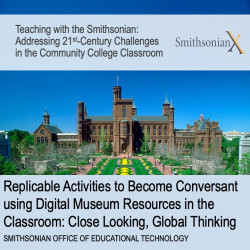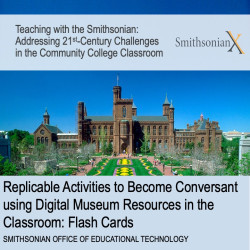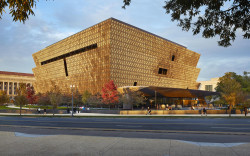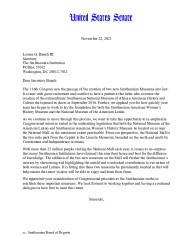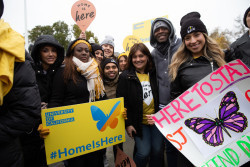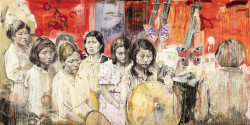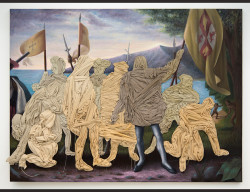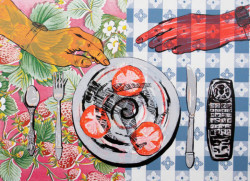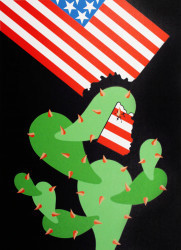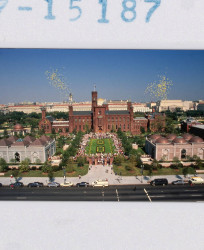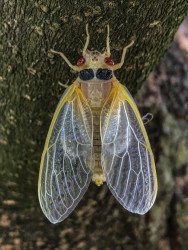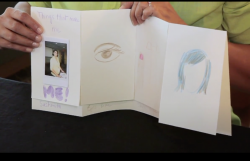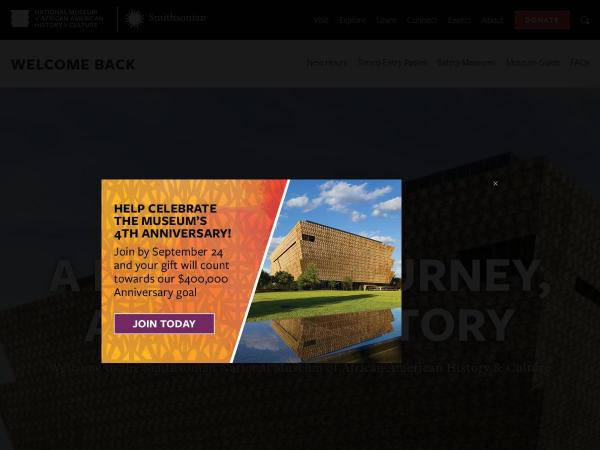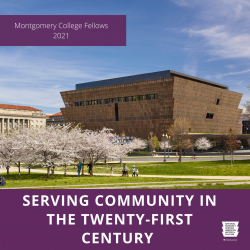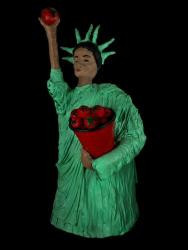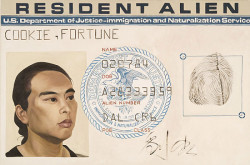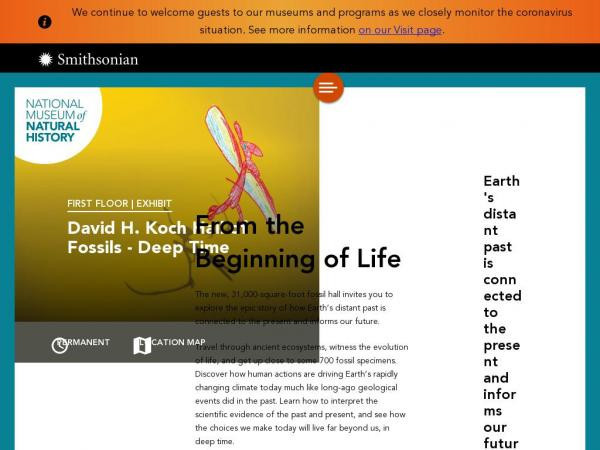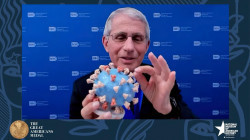Philippa Rappoport
I work in education and engagement, teacher professional development, and outreach at the Smithsonian Office of Educational Technology (OET), and have a particular interest in developing and producing trainings, programs, teaching techniques, and platforms that foster deep learning and contribute knowledge to improve practices in museum and preK-16 education and engagement. At OET over the last decade+, I created digital assets for schools, families, and new immigrant English Language learners to complement teacher professional development and pan-Smithsonian programming, including Learning Lab teaching collections, YouTube videos with tradition bearers, a handmade family stories book-making website, and online heritage tours.
Philippa Rappoport's collections
Replicable Activities to Become Conversant using Digital Museum Resources in the Classroom: Close Looking, Global Thinking
 Philippa Rappoport
Philippa Rappoport
National Museum of the American Indian: Saving Sacred Spaces
 Philippa Rappoport
Philippa Rappoport
Replicable Activities to Become Conversant using Digital Museum Resources in the Classroom: Flashcards
 Philippa Rappoport
Philippa Rappoport
Social Justice in the Time of Pandemic: the National Museum of American History
 Philippa Rappoport
Philippa Rappoport
Exploring Time, Memory and History Through Portraiture
 Philippa Rappoport
Philippa Rappoport
Social Justice in the Time of Pandemic: Smithsonian-Montgomery College Faculty Fellowship 2022 Opening Panel Resources
 Philippa Rappoport
Philippa Rappoport
“I Didn’t Believe I Could Be Brave”: How the Smithsonian Uses Stories to Amplify Voices and Build Community
 Philippa Rappoport
Philippa Rappoport
Periodical Cicadas: In Homage to Brood X
 Philippa Rappoport
Philippa Rappoport
Making a "Things That Make Me Me!" Family Storybook
 Philippa Rappoport
Philippa Rappoport
Addressing 21st-Century Challenges: The National Museum of American History and the Center for Folklife and Cultural Heritage
 Philippa Rappoport
Philippa Rappoport
Hung Liu: Portraits of Promised Lands
 Philippa Rappoport
Philippa Rappoport
Deep Time (National Museum of Natural History)
 Philippa Rappoport
Philippa Rappoport

